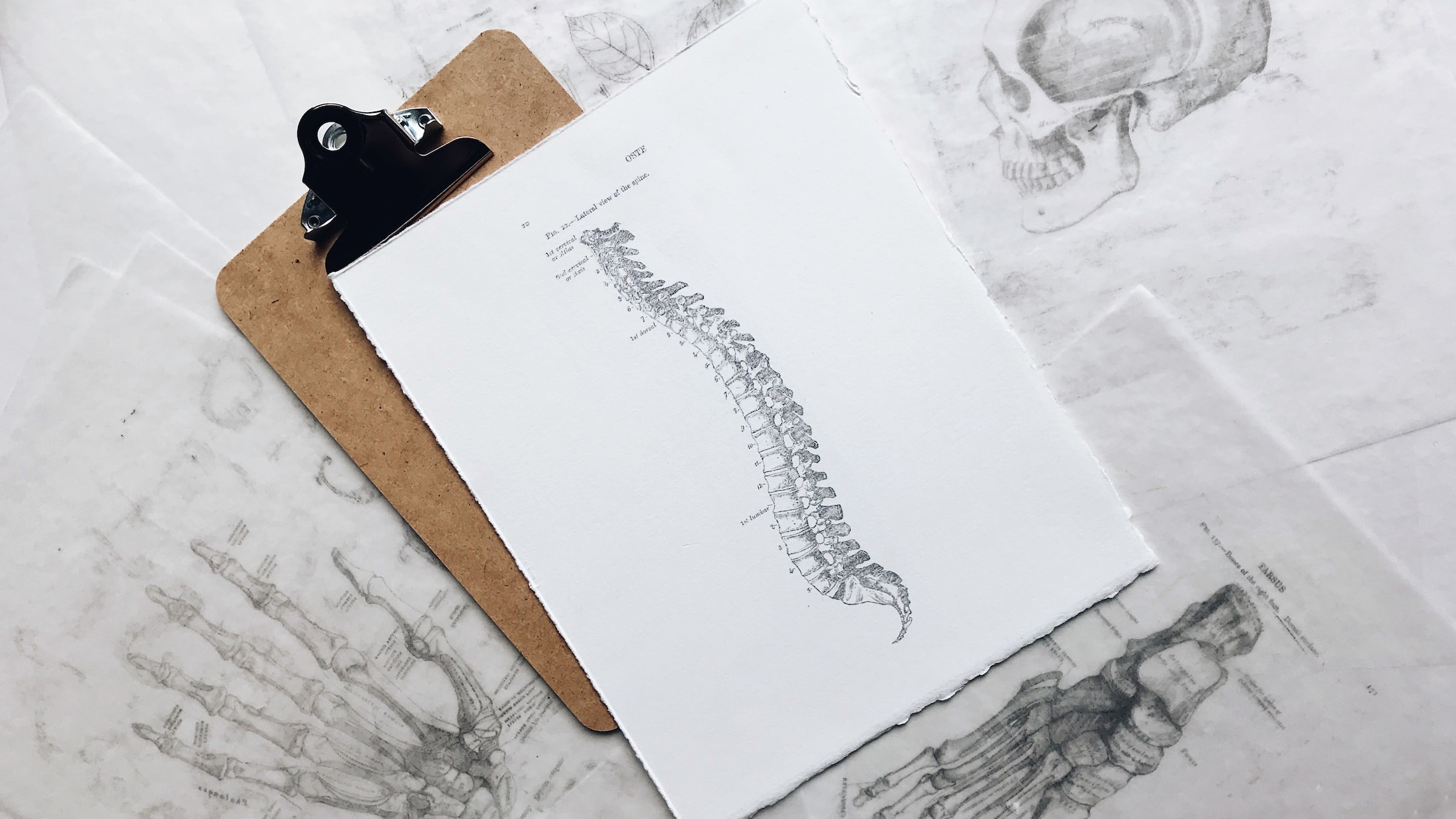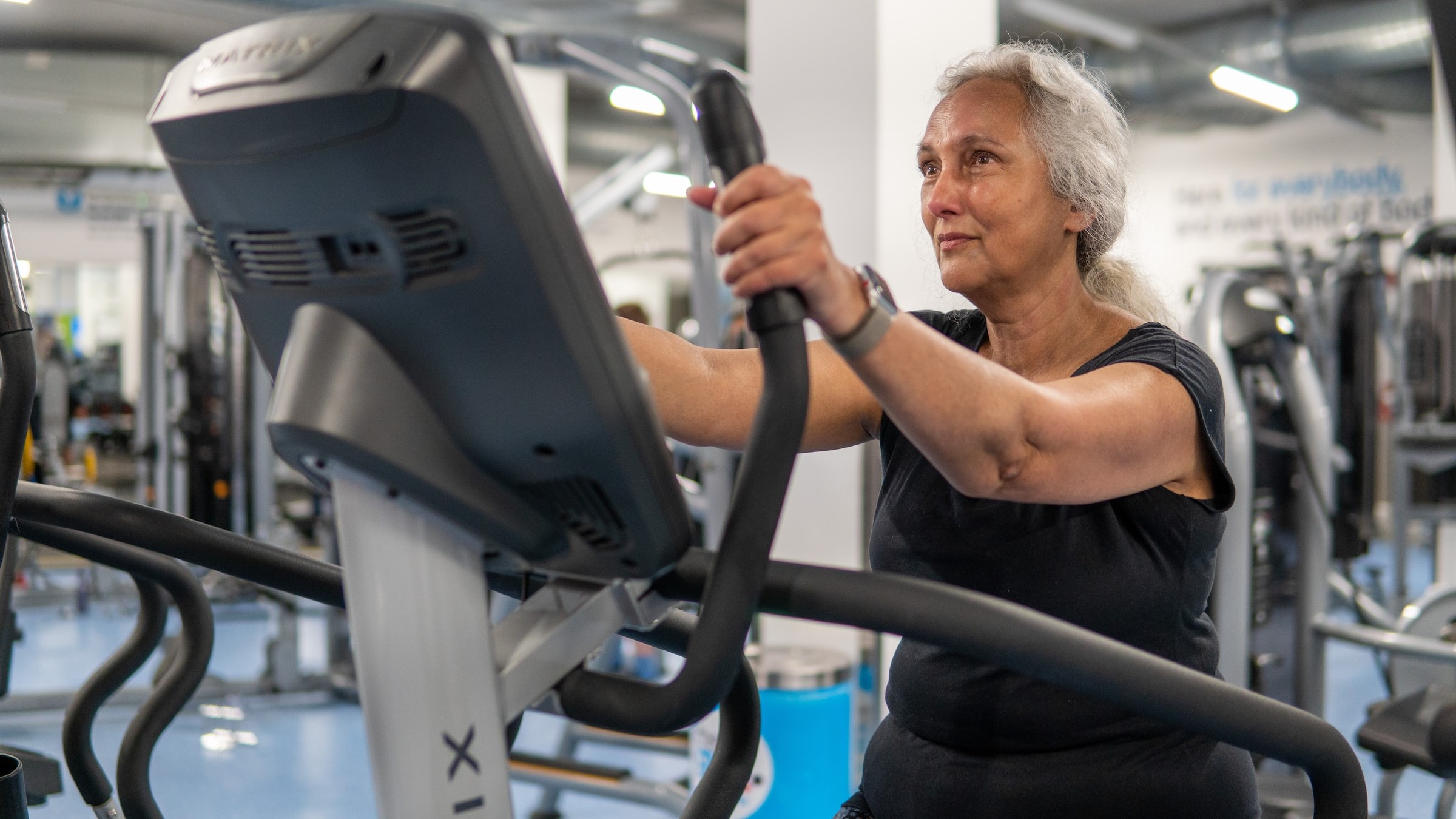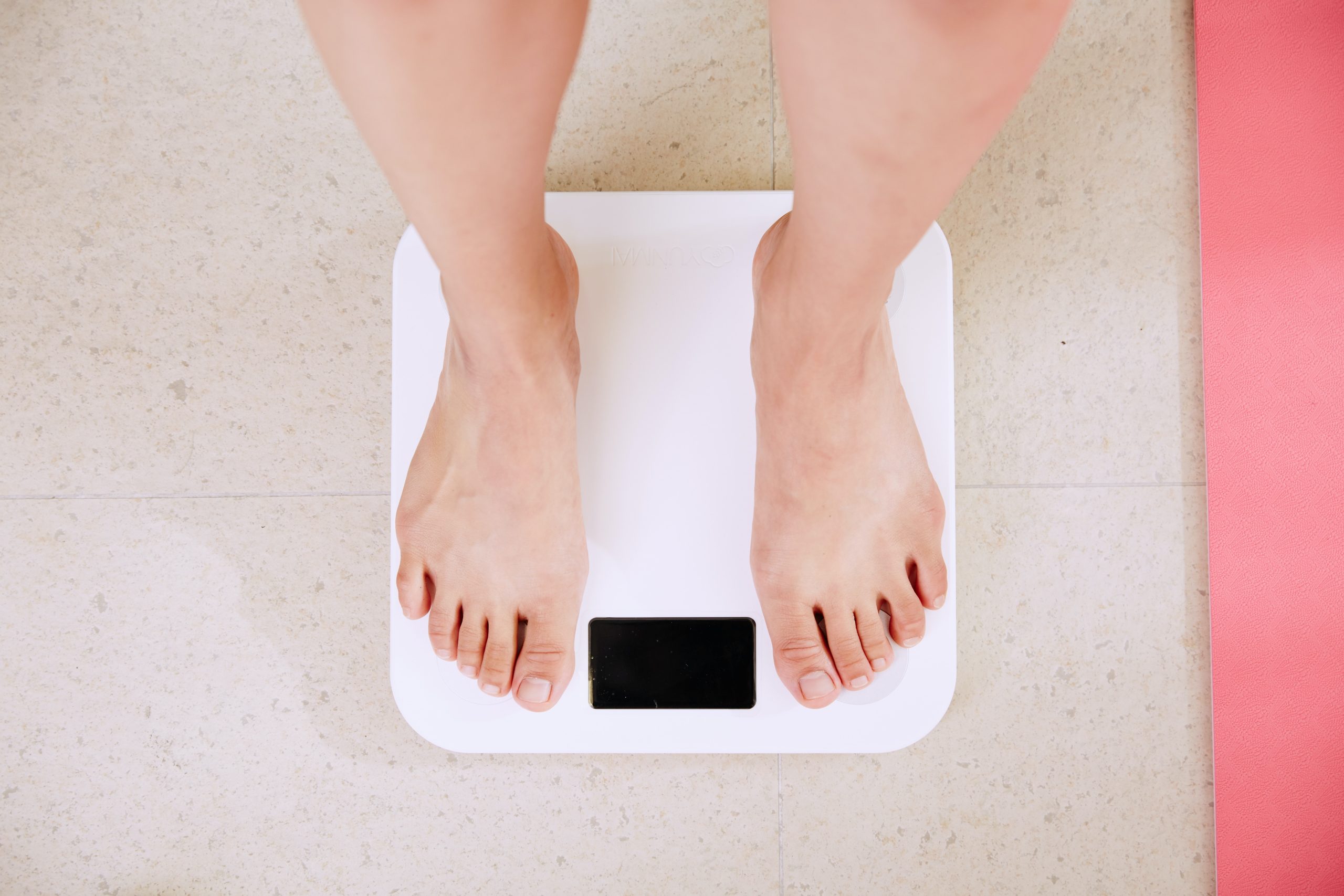Prioritize posture during everyday tasks

Make conscious efforts to maintain proper posture throughout daily activities. Whether sitting at a desk or standing in line at the grocery store, align your ears, shoulders, and hips. Employ a lumbar support pillow to encourage a natural spinal curve, effectively reducing the risk of strain and discomfort.
Hit the pool for low-impact exercise

Engage consistently in low-impact exercises like brisk walking, swimming, or yoga. These activities not only build and strengthen your back muscles but also enhance overall spinal flexibility and health. Swimming, for instance, offers a comprehensive workout that exerts minimal impact on the spine and will leave you feeling more flexible.
Don’t neglect your core

Cultivate a strong core to provide essential stabilization for your spine, significantly minimizing the occurrence of back pain. Integrate exercises such as planks, bridges, and pelvic tilts into your fitness regimen. Undertaking Pilates or targeted core-focused workouts further fosters the development of resilience and support for your back.
Don’t neglect your stretches

Regularly engaging in gentle stretching exercises holds the key to improved flexibility and the alleviation of accumulated tension in your back muscles. Embrace movements like hamstring stretches, cat-cow stretches, and twists to release stress. The comprehensive array of poses in yoga serves to elongate tightened back muscles and promote overall relaxation.
Design your office space to combat back problems

Deliberately design a workspace that proactively nurtures your back’s health. Adjust chair height, screen positioning, and keyboard alignment to facilitate a neutral posture. Additionally, consider integrating a standing desk into your setup to dynamically shift positions and effectively mitigate the potential strains linked with prolonged sitting.
Let your legs do the heavy lifting

Adopt a mindful approach to lifting heavy objects, prioritizing proper technique. Bend your knees and rely on your leg muscles to provide the strength needed. By squatting, grasping the object, and subsequently rising with the power of your legs—not your back—you effectively avert potential strain and injury.
Try dropping weight as your age goes up

Manage your weight conscientiously to actively reduce the strain imposed on your spine and joints. Embrace a balanced nutritional plan and consistent exercise routine to foster not only general well-being but also alleviate undue pressure on your back as you traverse the realm of your 50s and beyond, it’s not going to get any easier on it’s own.
Avoid repetitive strain syndrome

Develop a heightened awareness of repetitive movements that can lead to back strain over time. In professions demanding repeated actions, like factory work, purposefully incorporate breaks for stretching and rotation of positions. In activities like gardening, deliberately alternate tasks to prevent the overuse of specific muscle groups.
Make hydration and nutrition your top priority

The preservation of spinal health is fortified through the maintenance of proper hydration, which plays a pivotal role in supporting the fluid-filled spinal discs that cushion and protect your vertebrae. In tandem, adopting a balanced dietary approach rich in essential nutrients like calcium, vitamin D, and omega-3 fatty acids fortifies bone and joint health, indispensable for safeguarding your back’s vitality.
It’s your body, listen to it

You know your own body better than anyone. Feel for any sensations of discomfort or pain emanating from your back, and address them promptly. Consult a qualified healthcare professional for guidance and intervention when needed, recognizing that early response is instrumental in stopping any potential complications. When navigating your 50s and beyond, proactive attention ensures the resilience of a healthy back.